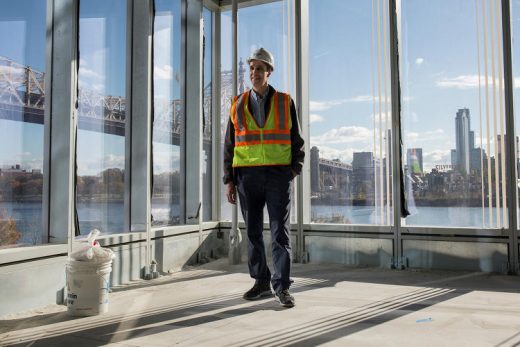Cornell Tech’s Master Plan Includes Rethinking Education Too
Two dozen Fast Company Innovation Festival attendees, dressed in hardhats and safety vests, clamber into the makeshift elevator attached to the side of a residential tower. The cage-like steel box creaks and rattles as we rise 270 feet to the top floor of what is expected to be the world’s tallest passive house, part of a $2 billion initiative to build a brand-new, 12-acre applied sciences campus on Roosevelt Island, a tiny outpost in the middle of New York City’s East River.
Less than a year from today, if all goes as planned, the students and faculty of Cornell Tech will be able to blow off steam and soak up the sun from the roof deck of this 350-unit, energy-efficient tower. But just last summer, the tower and its neighboring academic and office buildings were little more than blueprints.
Speed of development is just one of the ways that Cornell Tech stands apart from traditional academic institutions. “The rapid pace of innovation calls for big changes in how we do things,” says Dan Huttenlocher, dean and vice provost. “We haven’t just been building a physical campus out on Roosevelt Island. We’ve been rethinking the research and the teaching and the academic programs at the graduate level as well.”
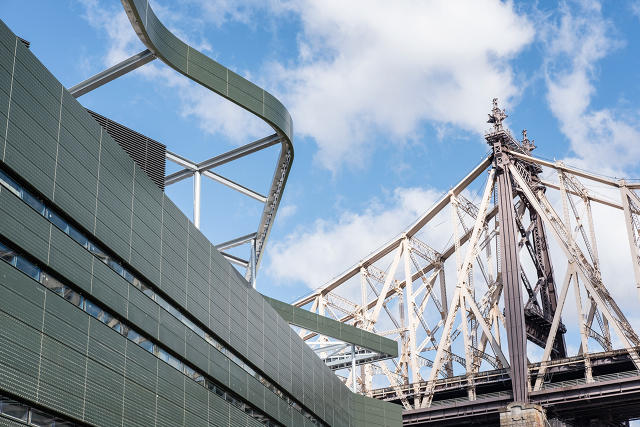
A joint effort between Cornell University and the Technion—Israel Institute of Technology, Cornell Tech was was officially announced in 2011, part of an initiative led by then-Mayor Michael Bloomberg.
“Our focus is on developing pioneering leaders and technologies for the digital age,” Huttenlocher says—a critical goal at a time when stalwart New York industries like fashion, finance, and media are facing steady declines.
At the moment, Cornell Tech students and staff operate out of a temporary space on loan from Google since the summer of 2012. There, the school has been refining its approach to graduate education, which emphasizes hands-on, project-based learning, conducted in teams. Master’s programs include health tech, connective media, and electrical and computer engineering.
So far, the school’s approach appears to be working: To date, Cornell Tech alumni have launched nearly 30 startups.

At the new campus, already dubbed “Silicon Island,” architectural plans and design features will support the goal of commercializing science and technology innovation. For example, festival attendees toured a building called “The Bridge,” which will house academic teams alongside startups and corporate tenants. Open-plan offices, informal gathering spaces, and ground-floor glass walls were taking shape throughout.
“The design marries with that intention for collaboration,” a guide from Forest City Ratner, which is managing the Bridge’s development alongside Cornell, told the group as we stood at the top of what will become a striking atrium entryway.
For a moment, it was easy to imagine meeting a colleague for coffee before strolling outside to the park along the East River. Then a jackhammer roared to life and we shuffled back through the dusty halls.
Dan Huttenlocher, dean and vice provost of Cornell Tech, introduced attendees to the school’s mission.
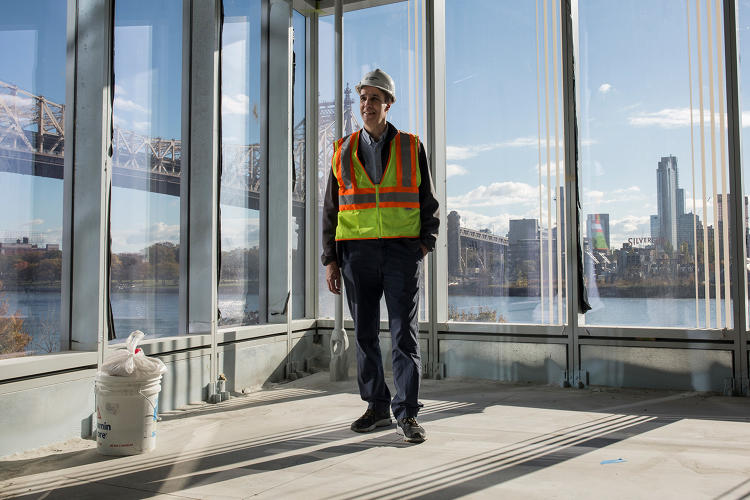
The Bridge, which will connect industry with Cornell Tech’s curriculum and research, thanks to rental space for startups and R&D labs.
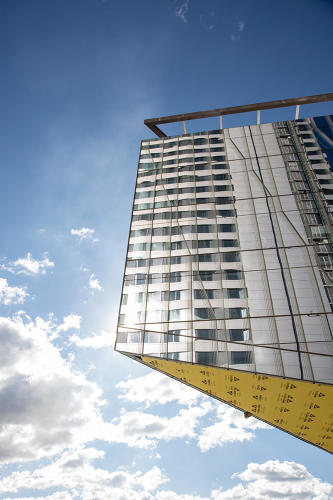
Fast Company Innovation Festival attendees soaked up the sunshine and the views.

Glass walls connect offices and classrooms to the campus’s 2.5 acres of public space.
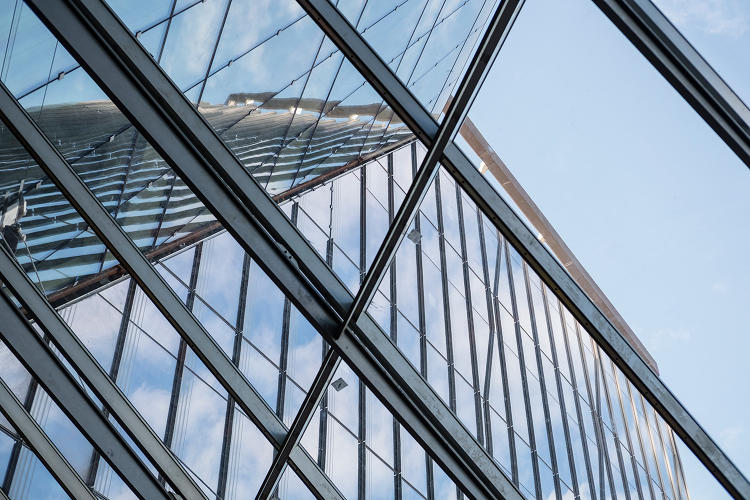
The campus sits between midtown Manhattan and Queens.

The school’s approach to science and technology emphasizes social good.
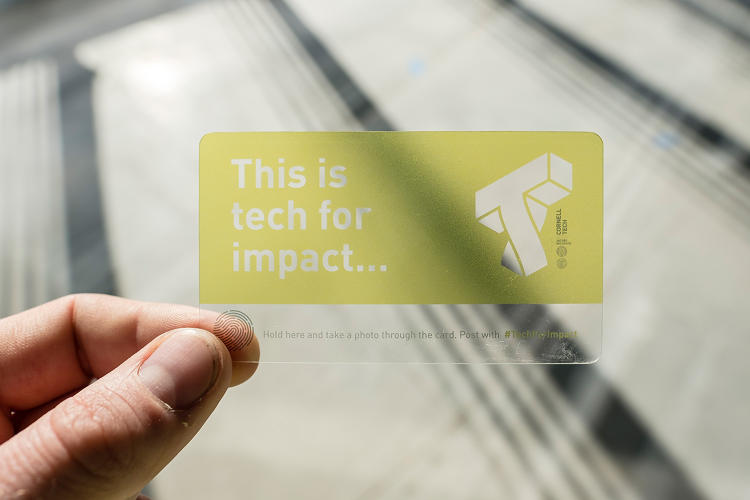
At the end of the tour, attendees rode the elevator to the roof of the House, a 350-unit residential building.
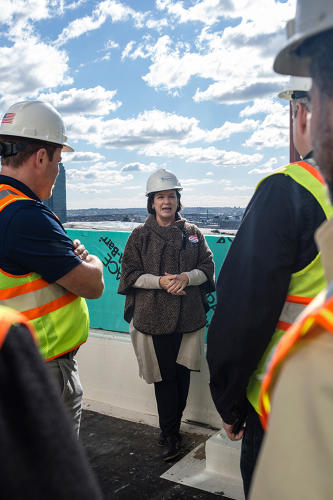

Fast Company , Read Full Story
(26)

